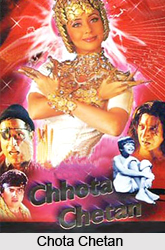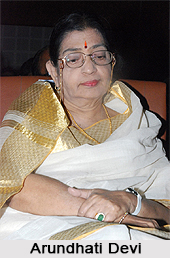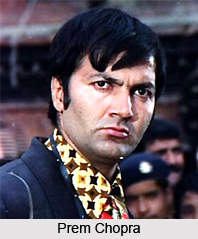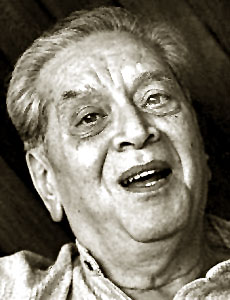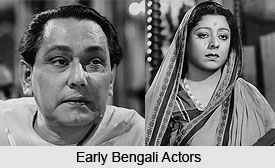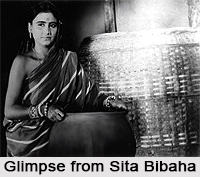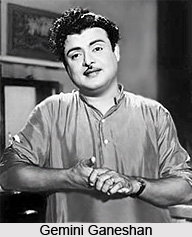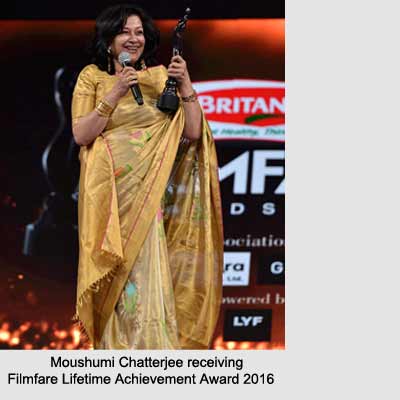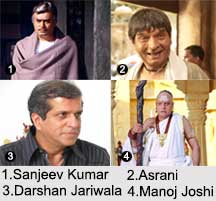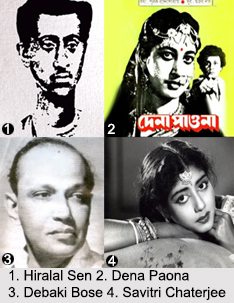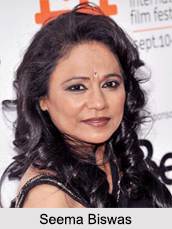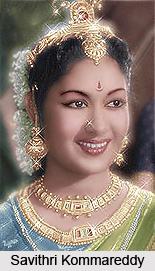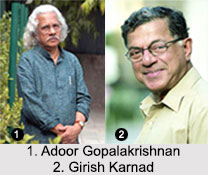 Parallel Cinema has been existent in the South Indian film industries, courtesy filmmakers like Adoor Gopalakrishnan, Shaji N. Karun, T. V. Chandran, Bharathan, B. V. Karanth, Girish Karnad, Girish Kasaravalli, K. Balachander, Mani Ratnam, J. Mahendran, Bala and Kamal Haasan amongst others.
Parallel Cinema has been existent in the South Indian film industries, courtesy filmmakers like Adoor Gopalakrishnan, Shaji N. Karun, T. V. Chandran, Bharathan, B. V. Karanth, Girish Karnad, Girish Kasaravalli, K. Balachander, Mani Ratnam, J. Mahendran, Bala and Kamal Haasan amongst others.
Adoor Gopalakrishnan is regarded as the spiritual heir of Satyajit Ray. He revolutionised Malayalam Cinema with the Indian New Wave through remarkable films like "Swayamvaram" (1972), "Elippathayam" (1981), "Mukhamukham" (1984) and "Mathilukal" (1989). Long after the Golden Age of Indian cinema, Malayalam cinema experienced its own Golden Age in the 1980s and early 1990s, with some of the most acclaimed filmmakers of the time from the Malayalam film industry, including Gopalakrishnan. Apart from him, Shaji N. Karun is the only Indian filmmaker from Malayalam cinema who could take consecutively 3 films to the prestigious limelight of Cannes Film Festival, namely "Piravi" (1989), "Swaham" (1994) and "Vanaprastham" (1999).
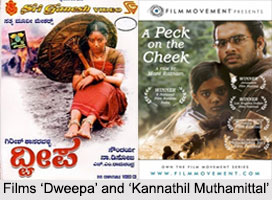 B. V. Karanth, Girish Karnad and Girish Kasaravalli are parallel cinema pioneers of the Kannada film industry, with the latter two regarded among the most famed Indian neo-realist filmmakers. Kasaravalli is a 13-time National Award-winning director whose films have themselves won 14 National Film Awards, including the Best Feature Film which was won by "Ghatashraddha" (1977), "Tabarana Kathe" (1987), "Thaayi Saheba" (1997) and "Dweepa" (2002). Karnad"s noted parallel cinema works include "Kaadu" (1973), "Tabbaliyu Neenade Magane" (1977) and "Kanooru Heggadithi" (1999).
B. V. Karanth, Girish Karnad and Girish Kasaravalli are parallel cinema pioneers of the Kannada film industry, with the latter two regarded among the most famed Indian neo-realist filmmakers. Kasaravalli is a 13-time National Award-winning director whose films have themselves won 14 National Film Awards, including the Best Feature Film which was won by "Ghatashraddha" (1977), "Tabarana Kathe" (1987), "Thaayi Saheba" (1997) and "Dweepa" (2002). Karnad"s noted parallel cinema works include "Kaadu" (1973), "Tabbaliyu Neenade Magane" (1977) and "Kanooru Heggadithi" (1999).
Filmmakers K. Balachander, Mani Ratnam, J. Mahendran, Bala and Kamal Haasan have been the faces of parallel cinema in the Tamil film industry. Balachander"s films include "Arangetram" (1973), "Aval Oru Thodar Kathai" (1974) and "Apoorva Raagangal" (1975). J. Mahendran"s acclaimed films include "Uthiripookkal" (1979) and "Nenjathai Killathe" (1980). Mani Ratnam is a contemporary filmmaker whose most noted works in Tamil include "Mouna Ragam" (1986), "Roja" (1992) and "Kannathil Muthamittal" (2002).
During the domination of commercial cinema in Telugu films, filmmakers Pattabhirami Reddy, K. N. T. Sastry, B. Narsing Rao and Akkineni Kutumba Rao pioneered Telugu parallel cinema to international recognition. Reddy produced the National Award-winning film "Nimajjanam" (1979). Sastry has made films that have struck a balance between art and parallel cinema, like "Thiladaanam" (2002) and "Kamli" (2006). B. Narsing Rao is known as "The killer of Kitsch" in the media for bringing out the path-breaking parallel cinema based on the lines of Telangana movement, Razakars, Urban Construction labourers etc. His noted films include "Rangula Kala" (1983), "Daasi" (1988) and "Matti Manushulu" (1990). Akkineni Kutumba Rao"s 1992 film "Bhadram Koduko" is based on the problems faced by street children and child labour prevalent in India, particularly urban cities. Rajnesh Domalpalli is a contemporary Parallel Cinema filmmaker whose 2006 debut drama "Vanaja" won 24 international recognitions.
